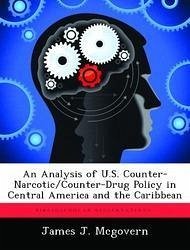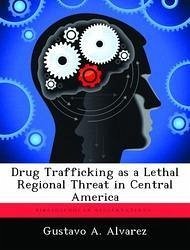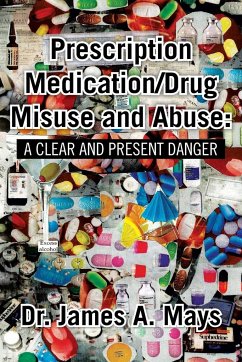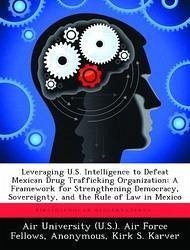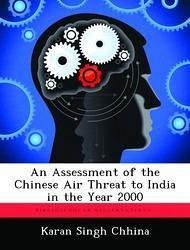Nicht lieferbar
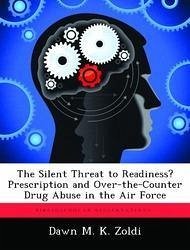
The Silent Threat to Readiness? Prescription and Over-the-Counter Drug Abuse in the Air Force
Versandkostenfrei!
Nicht lieferbar
This paper explores the efficacy of the AF urinalysis drug testing program in deterring drug abuse in the current environment. Statistics indicate decreasing illicit drug use since the 1980's, which could mean one of two things: either Airmen are abusing drugs less frequently or they continue abusing drugs -- but our program is not catching them. Are the numbers misleading because our program is blind to the threat posed by prescription and over-the-counter (OTC) substances for which it does not normally test? Civilian statistics indicate that prescription and OTC misuse is rapidly becoming th...
This paper explores the efficacy of the AF urinalysis drug testing program in deterring drug abuse in the current environment. Statistics indicate decreasing illicit drug use since the 1980's, which could mean one of two things: either Airmen are abusing drugs less frequently or they continue abusing drugs -- but our program is not catching them. Are the numbers misleading because our program is blind to the threat posed by prescription and over-the-counter (OTC) substances for which it does not normally test? Civilian statistics indicate that prescription and OTC misuse is rapidly becoming the most significant drug problem in America. As our AF is a reflection of the civilian sector, potential abuse of these drugs by our Airmen has serious implications for mission readiness. Our military data--the last two DoD health related behavior surveys, Armed Forces Institute of Pathology (AFIP) prevalence studies and information from the key partners in the drug program (law enforcement, judge advocate, command) tells us that prescription and OTC drug abuse occurs in the military. However, much of this data is not readily available to DoD drug policymakers or contains only limited data vis-a-vis drug trends. This paper recommends the AF lead the way in DoD to better integrate processes to assess and then address the potential silent threat to readiness that prescription and OTC drug abuse pose. A comprehensive approach, including an overarching legal framework, is in order. A proactive stance in this battlefield is critical to ensure mission readiness and protect our greatest asset, our people.




